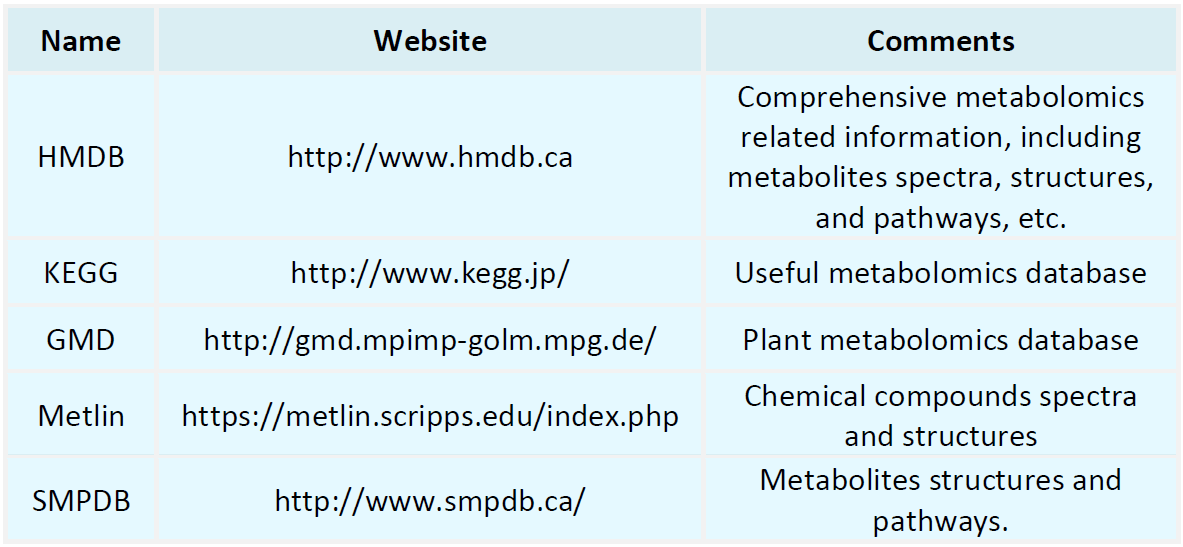Resources
Proteomics Databases

Metabolomics Databases

-
• What Is Single-Molecule Protein Sequencing Technology
Single-Molecule Protein Sequencing (SMPS) is an emerging technology that enables the determination of protein amino acid sequences at the single-molecule level. This technique has promising applications in biology, drug development, and disease diagnostics. The Significance of Single-Molecule Protein Sequencing Technology: Over the past few decades, rapid advancements in DNA sequencing have significantly propelled progress in biological sciences. However, DNA sequencing alone does not provide direct........
-
• N-Terminal Amino Acid Sequencer
The N-terminal amino acid sequencer, also known as an amino acid sequence analyzer, is a device designed to determine the sequence of amino acids in proteins or peptides. This technology employs the Edman degradation method, which involves a series of chemical reactions to sequentially identify each amino acid from the N-terminal (amino terminus) of a protein or peptide. The operational foundation of the N-terminal amino acid sequencer lies in Edman degradation.
-
• Amino Acid Sequence Variation Analysis
Amino acids are the fundamental building blocks of proteins and play a crucial role in biological processes. Variations in amino acid sequences are key drivers for organisms adapting to environmental changes and undergoing evolution. This article discusses how to analyze amino acid sequence variations. Concept of Amino Acid Sequence Variation: Amino acid sequence variation refers to changes occurring in the amino acid sequences of a species over time.
-
• Edman Degradation Service for Protein Sequencing
Edman degradation service is an established method for determining the amino acid sequence of proteins. Originally developed by Pehr Edman in the 1950s, this technique remains a fundamental approach in proteomics research. The principle of Edman degradation involves a stepwise chemical process that sequentially removes amino acids from the N-terminus of a polypeptide chain, followed by identification of the released amino acids to determine the complete sequence. In biomedical research, understandin......
-
Protein seq refers to the specific arrangement of amino acids in a protein within living organisms. Proteins are essential molecules that carry out nearly all cellular functions, including catalyzing biochemical reactions, providing structural support, regulating cellular processes, and participating in signal transduction. Proteins are large biomolecules composed of 20 standard amino acids, linked by peptide bonds. The sequence of these amino acids defines the protein seq, which is crucial for unders......
-
• C-Terminal Protein Sequencing
The primary goal of C-terminal protein sequencing is to determine the amino acid composition and sequence at the carboxyl terminus of a protein. Proteins are macromolecules consisting of amino acids covalently linked by peptide bonds, and their biological functions and physicochemical properties are largely dictated by their amino acid sequences. Information on the C-terminal sequence is crucial for understanding protein function, post-translational modifications, and degradation pathways. The biologi......
-
Shotgun LC-MS/MS is a powerful proteomics technique, named after the "shotgun" analogy to emphasize its ability to conduct comprehensive and unbiased protein analysis in complex biological samples. This method plays a crucial role in proteomics research, allowing researchers to systematically characterize the proteome and investigate molecular mechanisms underlying protein functions and biological processes. Beyond fundamental proteomics studies, Shotgun LC-MS/MS is extensively utilized in disease r......
-
• Antibody Repertoire Sequencing
Antibody repertoire sequencing provides a detailed analysis of the diversity and complexity of antibodies within the immune system. By sequencing B cell receptor (BCR) or T cell receptor (TCR) repertoires derived from various individuals or cell lines, this technique elucidates the mechanisms underlying immune recognition of pathogens. Researchers can determine the heavy and light chain sequences of antibodies and analyze these data to characterize the composition and temporal variations of the antibo......
-
The Edman degradation procedure is a widely used method for determining the amino acid sequence of peptides and proteins. Originally developed by Pehr Edman in the 1950s, this technique represented a major breakthrough in protein chemistry. The Edman degradation procedure employs a stepwise chemical process to sequentially cleave and identify N-terminal amino acids, enabling the progressive determination of a polypeptide’s sequence. Historically, this method played a central role in protein sequencing......
-
• Peptide Analysis by Mass Spectrometry
Peptide analysis by mass spectrometry is pivotal in proteomics research, serving as a technique to determine compounds' mass by measuring the mass-to-charge ratio of ions. This method combines mass spectrometry with protein digestion, where proteins are enzymatically broken down into peptides, which are then analyzed to obtain precise mass data. Its applications span basic biological research, clinical diagnostics, drug development, and sectors such as agriculture and environmental science. In basic......
How to order?







